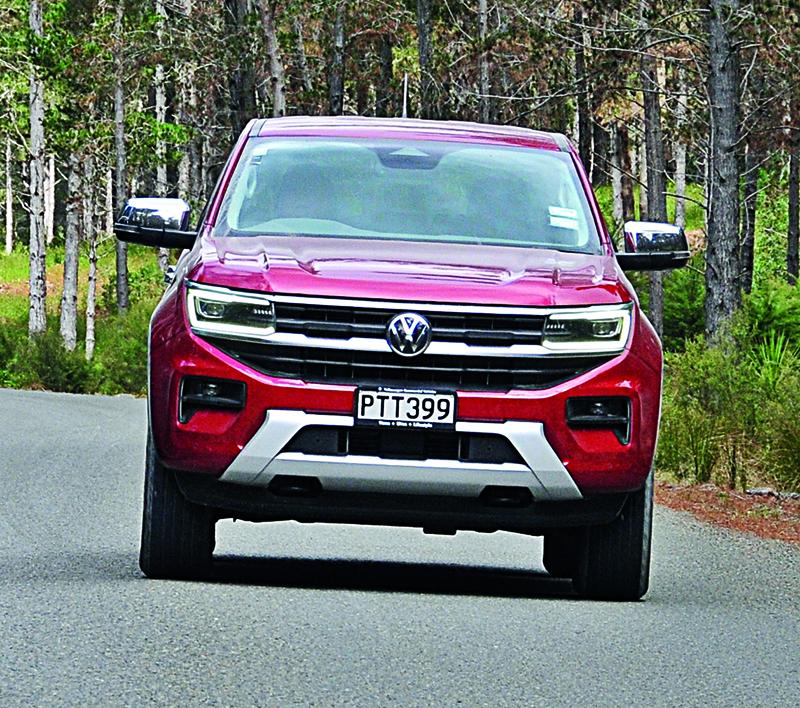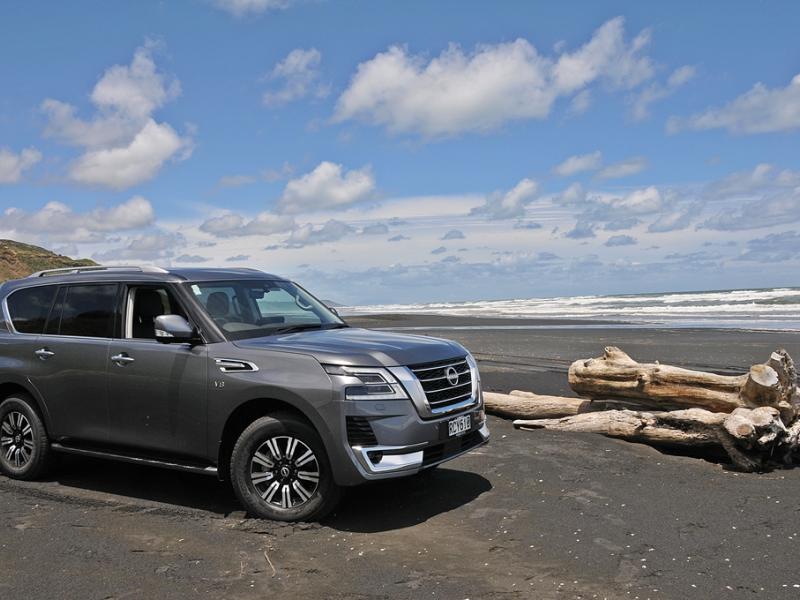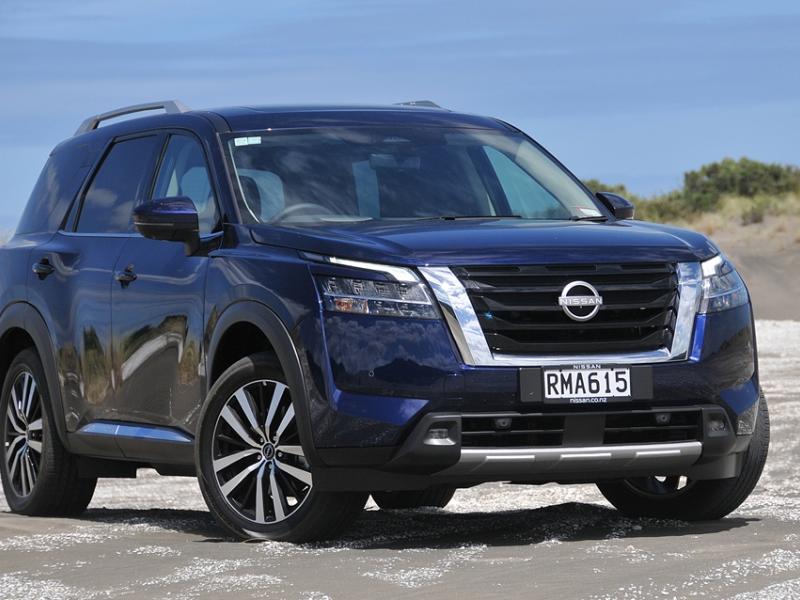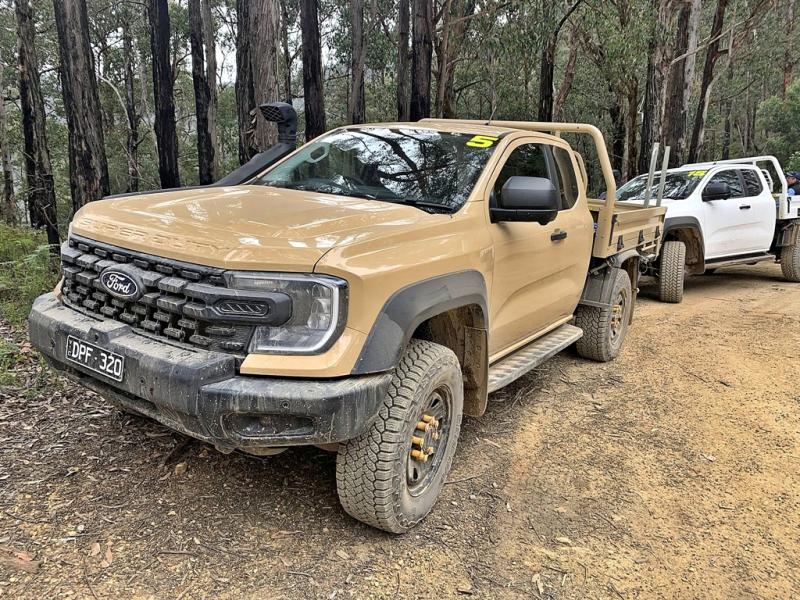Despite the best efforts of the previous government, New Zealand’s favourite vehicles are 4WD utes, followed closely by 4WD and AWD SUVs. Despite the ute tax, political hand-wringing over people driving 4WDs who “don’t really need to”, subsidies to get urbanites into electric vehicles and more, these vehicles fit our lifestyles perfectly.
That seems unlikely to change when the vehicles themselves keep getting better and better.
Pity the motoring media, who really can’t trot out the worn old cliché ‘car-like’. Utes have formed and guided our way of life for a couple of decades now, and that’s not changing any time soon. Even shackled by the ute tax, our utes stayed comfortably in front of the EV wave. With a new government and the axing of the ute tax, that market dominance can only continue.
Importers have been building up stocks of shiny new 4WDs in readiness for a sales surge.
In 2022, Ford’s next-gen Ranger established a new benchmark for all-road capability. Clever transmissions, lockable rear diff, wider track, longer wheelbase, four-wheel disc brakes. Gear more usually available on SUVs or bigger AWD road cars. A range of 4WD utes stepping up from XL to XLT, Sport, Wildtrak and limited edition Wildtrak X and on to the savagely special Raptor with its turbo petrol V6. Power and torque? The range starts with 154kW and 500Nm and steps up to 184kW and a massive 600Nm for V6 models.
Suddenly, pandemic blues forgotten, the auto industry sits up and pays attention.
One of the big trends of the 21st century is ‘platform sharing’. Two manufacturers get together on a vehicle project, both base their retail offering on a common drivetrain and create a point of difference in the sheet metal and vehicle specification.
The massive cost savings in jointly designing and engineering help keep companies thriving in difficult times, while the tech and spec and panelwork are enough to create two different vehicles, each with their own loyal following.
Mitsubishi and Nissan share platforms. So do Isuzu and Mazda. And now the one shaping up to define the 4WD ute market for years to come: Ford and Volkswagen. The mechanical/engineering partnership between the two is kicked off by these 4WD siblings.
Enter the VW Amarok, arriving in the market a year after the Ranger with a cleverly set out four-model range. Two with the 2.0-litre four-cylinder engine, two with big grunty V6 turbodiesels. Aussie also gets a base model for the use of tradies, but Kiwis seem pretty happy with the Life, Style, Panamericana and Aventura. And so they should be. Under the skin, Amarok shares mechanicals with the Ranger, subtly tuned to VW’s ideal.
Amarok joins the Ranger in the upper reaches of the 4WD ute market in terms of price. The range starts at $65,000 for the Life double-cab single-turbo 2.0, extending to the flagship 3.0-litre V6 $88,000 PanAmericana and $90,000 Aventura.
The best thing? Amarok’s styling really delivers a stand-apart identity, fully European.
So, the options for buyers are clear and distinct: American Ford family look or VW European family look.
Both have their fan clubs.







